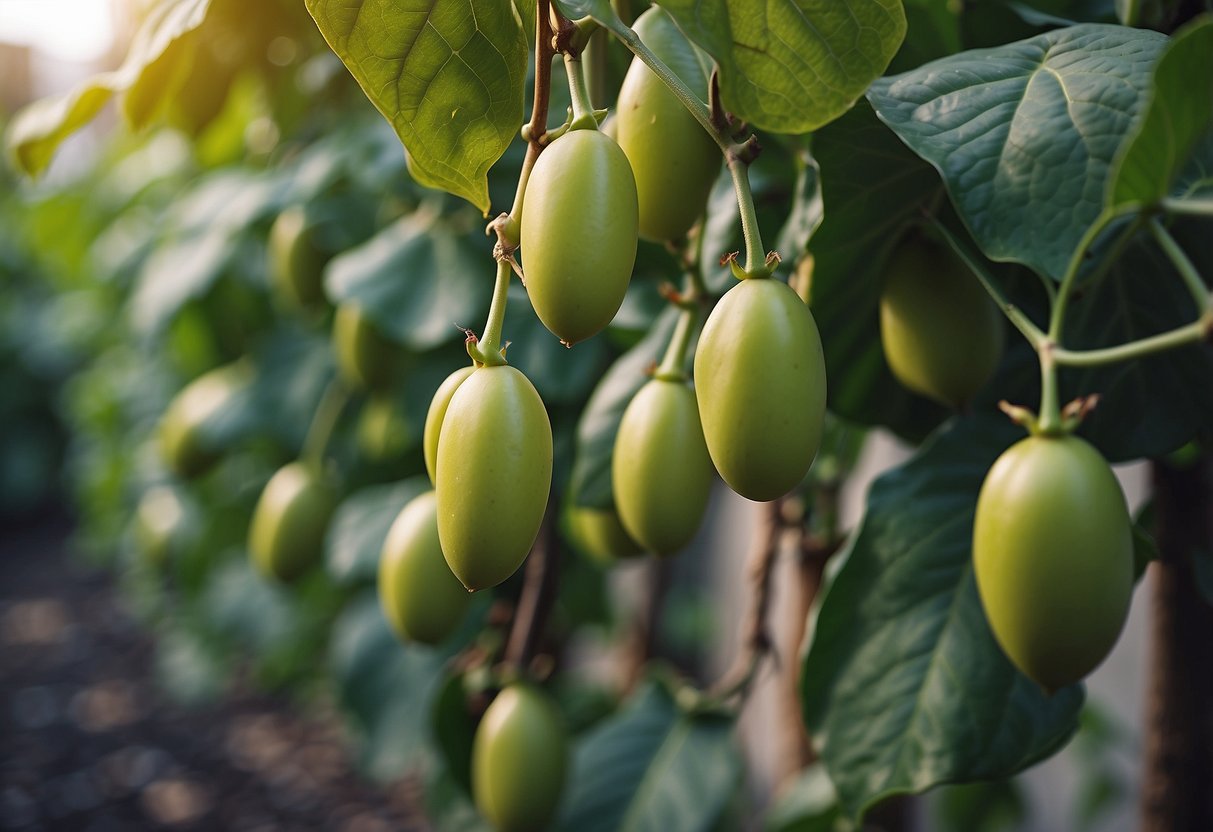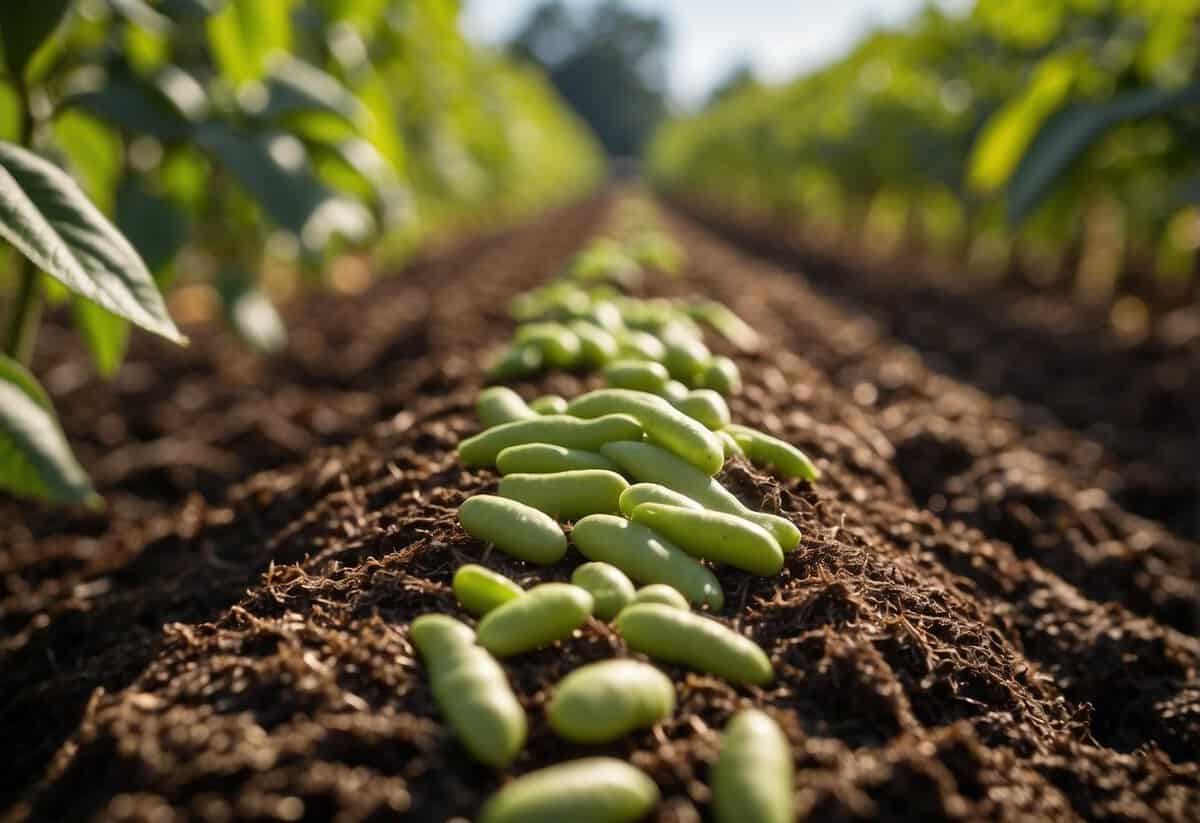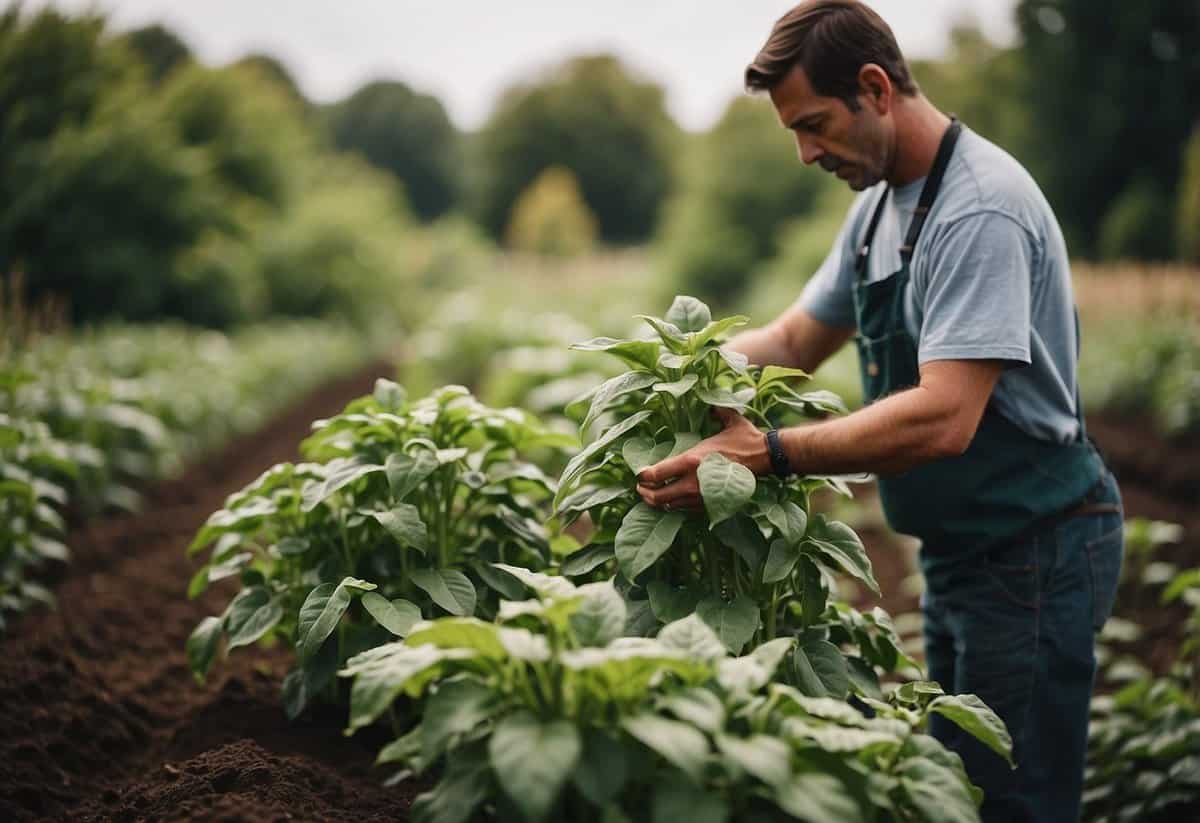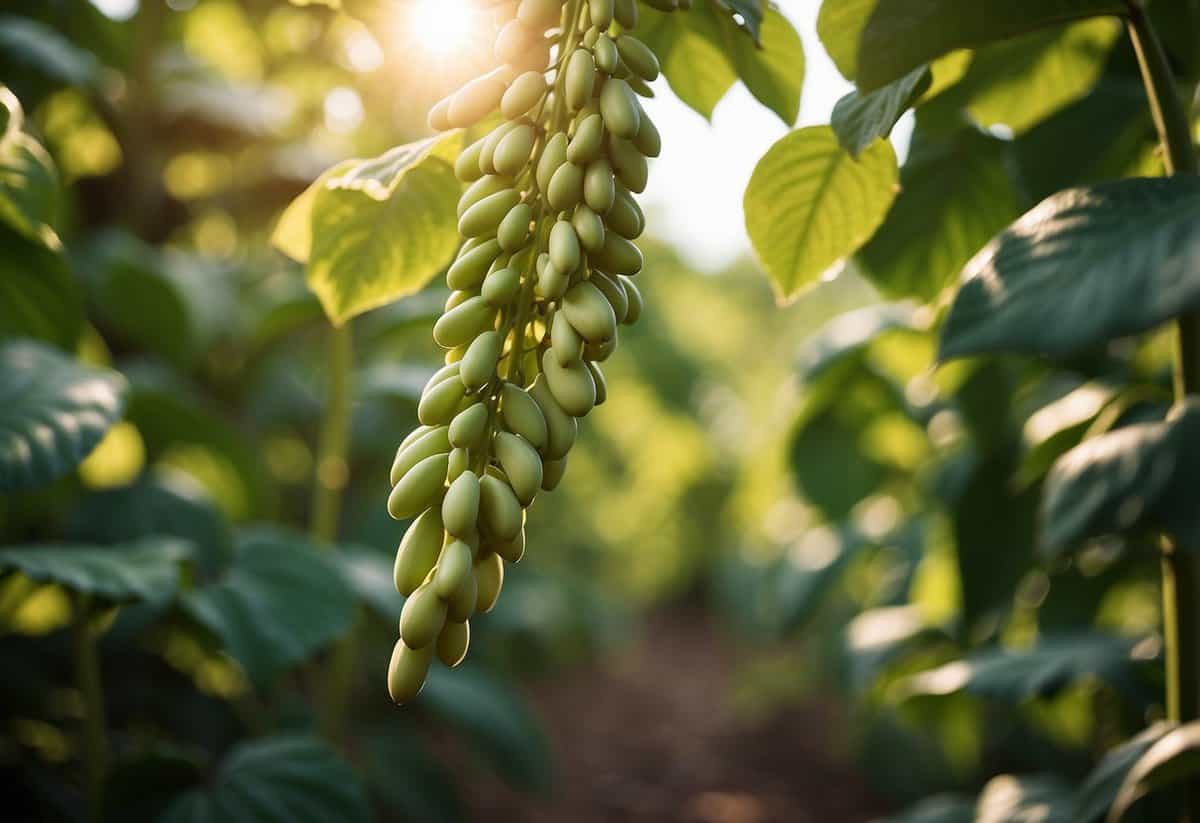Giant Garden Bean Harvesting Tips: Maximize Your Yield
Giant garden beans can be a joy to grow and harvest, providing a bountiful crop for your kitchen. They come in various varieties, each with its unique characteristics and harvesting times. Whether you’re growing bush beans or pole beans, there are some key tips to ensure a successful harvest.

Knowing when and how to pick your giant garden beans can make all the difference in the quality of your yield. Proper timing and technique will help you get the most out of your plants. This guide will offer valuable tips and tricks to help you harvest your giant garden beans at their peak.
1) Check Soil Moisture Regularly

Checking the soil moisture is important for giant garden beans. You want the soil to be moist but not waterlogged.
Stick your finger about an inch into the soil. If it feels dry, it’s time to water.
Use mulch to help retain moisture. This helps prevent the soil from drying out too quickly.
For more tips on managing soil moisture, visit this guide on soil moisture management. Regular checks can ensure your beans grow strong and healthy.
2) Use Organic Mulch

Organic mulch helps keep your giant garden beans healthy by retaining soil moisture. This means you won’t have to water your garden as often.
It also suppresses weeds, keeping your garden tidy so your beans get all the nutrients. As the mulch breaks down, it adds valuable nutrients to the soil, enhancing its quality over time.
For more information on organic mulch, consider browsing these benefits.
3) Pick Beans in the Morning

Picking beans in the morning is key. During this time, sugar levels are at their highest, making the beans taste sweeter.
Morning dew has usually dried by then, so you won’t have to deal with wet beans. This helps preserve their freshness and prevents mold.
Early picking also means you can enjoy the cool of the day, avoiding intense mid-day heat.
4) Avoid Overcrowding Plants

When planting giant garden beans, giving them enough space is key. Overcrowded plants can lead to poor air circulation, which can cause disease.
Space your bean plants about 4-6 inches apart. This ensures each plant has room to grow.
Remember to keep rows about 18-24 inches apart. This spacing allows for easy access and healthy growth.
5) Prune Regularly

Pruning is crucial for healthy and productive bean plants. You should remove any leaves that touch the ground, as they can harbor pests and diseases.
Once your pole beans reach the top of their support, pinch off the tips to encourage bushier growth. This helps your beans focus on producing more pods. Remember to use clean, sharp scissors to avoid damaging the plants. Regularly pruning your plants will ensure a bountiful harvest.
6) Rotate Crops Yearly

Rotating your crops yearly is key to keeping your garden healthy. When you plant beans in the same spot every year, pests and diseases can build up in the soil.
Moving your beans to a new location each year helps prevent these problems. This also gives the soil a chance to recover and replenish nutrients.
By rotating your crops, you improve your garden’s overall health and yield. For more tips, check out this Crop Rotation 101 guide from The Old Farmer’s Almanac.
7) Use Companion Planting

Companion planting can greatly benefit your giant garden beans. Growing beans alongside compatible plants can boost growth and deter pests.
Basil is a fantastic companion. It helps repel insects and enhances soil health.
Avoid planting beans near onions or garlic. These can release substances that harm beans.
Consider Brussels sprouts, which can provide shade for bush beans and improve their growth.
8) Monitor for Pests

Keep a close eye on your beans for pest problems. Common pests include Mexican bean beetles, spider mites, and aphids. Early detection can prevent serious damage.
Introducing beneficial insects like ladybugs can help manage pests naturally. You can also use floating row covers to protect your plants if pests are present.
Regularly check your plants, especially under the leaves. Handpicking pests off your beans can be effective, too. For more, visit expert tips on bean pests.
9) Fertilize Appropriately

For giant garden beans, use a low-nitrogen fertilizer. High-nitrogen fertilizers can harm the beans because they produce their own nitrogen.
Consider using a 5-10-10 or 6-12-12 fertilizer. Organic options like compost, bone meal, or well-rotted manure work well too.
Apply fertilizer as a side-dressing. Create a shallow trench about six inches away from the plant and two inches deep. Add the fertilizer to this trench, cover it with soil, and water the plants to help nutrients reach the roots.
10) Harvest Before Beans Overmature

To get the best taste and texture from your garden beans, it’s important to harvest them before they overmature. Beans that stay too long on the plant can become tough and lose their flavor.
Check your bean plants frequently. Once the beans are firm and snap easily when bent, it’s time to pick them.
Remember, beans can mature quickly. Try to check them daily during peak season to catch them at just the right time.
Best Time for Harvesting

Picking the right time to harvest giant garden beans is crucial for getting the best flavor and texture. This includes knowing when beans are mature and taking seasonal changes into account.
Understanding Bean Maturity
Beans are best harvested when they are firm and still young. For giant garden beans, look for pods that are about 4-6 inches long. They should be slightly rounded and snap cleanly when bent.
Bush beans are usually ready 50-55 days after planting. Pole beans take longer, often 60-70 days. Check the variety of bean you planted because different types can mature at varying rates.
Firmness: The beans should feel solid and not mushy.
Pod color: Look for a vibrant green without any yellowing or browning.
Snap test: A good bean will break cleanly, indicating it is crisp and fresh.
Seasonal Considerations
The growing season affects when your beans are ready to harvest. Beans thrive in warm weather and should be picked during consistent temperatures.
Spring planting: Wait until after the last frost to plant your beans. The soil should be warm, at least 55-60°F, for optimal growth.
Summer: Beans grow best in temperatures between 70-80°F. If it’s too hot, water them frequently to prevent drying out.
Fall harvest: If you plant late in summer, ensure you harvest before the first fall frost.
Keep an eye on local weather patterns. If an early frost threatens, you might need to harvest beans early to avoid losing your crop.
Monitoring these factors will help you get the most out of your giant garden beans and ensure they are delicious and ready for your table.
Proper Harvesting Techniques

To harvest giant garden beans effectively, it’s crucial to use the right tools and methods to avoid damaging the plants and ensure a bountiful yield.
Using the Right Tools
Using the proper tools is essential. A good pair of garden shears or scissors helps you cut the bean pods cleanly from the vine. Sharp tools prevent unnecessary damage to the plant, allowing it to continue producing.
Regularly sanitize your tools. This prevents the spread of diseases. Clean tools with rubbing alcohol or a bleach solution before and after use. This practice is especially important if you notice any signs of disease on your plants.
Picking beans by hand can also be effective if done carefully. Use your fingers to gently snap the pods from the vine, supporting the stem to reduce strain on the plant. With these tools and methods, you can harvest efficiently and keep your bean plants healthy and productive.
Avoiding Plant Damage
When harvesting, handle your bean plants gently. Rough treatment can cause broken stems or dislodged roots, which stress the plant and reduce future yields. Always support the vine or stem when picking pods to minimize damage.
Pick beans regularly, ideally every few days. Frequent harvesting encourages the plant to produce more pods. Letting beans stay on the plant too long can signal the plant to stop producing.
Timing is crucial for quality. Harvest beans when they are firm and snap easily. For bush beans, start picking around 50-55 days after planting, while pole beans might need 55-65 days. Regular monitoring ensures you harvest at the optimal time, ensuring the best flavor and texture.







